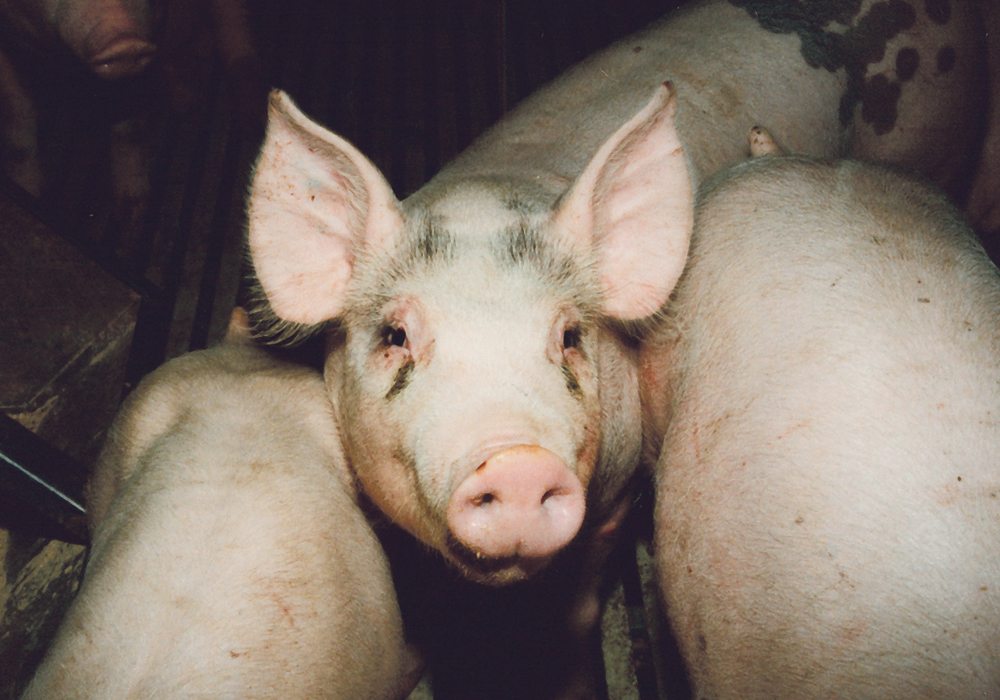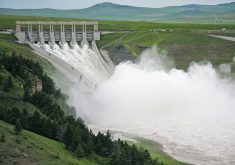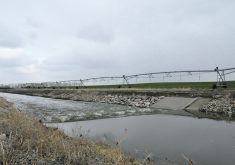Flaten made a presentation Oct. 24 to the Manitoba legislative committee reviewing Bill 24 to lift the hog barn moratorium in that province. This version has been edited for length.
My main purpose in participating in today’s session is to discuss some of the scientific principles for environmentally sound nutrient management practices, to help ensure that the policies developed by the province are developed accordingly.
In addition to my role as a professor who specializes in research, teaching and extension in nutrient management and crop nutrition, I have had opportunities to contribute to the science base for developing public policy on these issues while serving on various committees and task forces.
Read Also

Proactive approach best bet with looming catastrophes
The Pan-Canadian Action Plan on African swine fever has been developed to avoid the worst case scenario — a total loss ofmarket access.
Basically, my comments can be summarized into two key messages: No. 1, our current scientific knowledge of nutrient management and water quality reinforces the importance of maintaining a strong regulatory focus on using the right rates, timings and placements for all forms of agricultural nutrients.
No. 2, that Manitoba should continue to invest in the science base that will guide us toward continuous refinement of those nutrient management practices.
As to item No. 1, water bodies such as Lake Winnipeg are challenged with nutrient loading from a wide range of sources, including municipal waste water, as well as agricultural and natural background sources. Within agriculture’s share of this loading, some of the nutrients come from commercial fertilizer and livestock manure, but the majority of nutrients come from vegetative residues and the soil itself.
Nevertheless, to minimize agriculture’s share of this nutrient loading, it’s important to continue along several paths:
- Limit the accumulation of excess nitrogen and phosphorus in agricultural land to maximize the agronomic benefits and minimize the environmental risks. Manitoba has some of the most stringent nutrient management regulations in the world and we are the only province in Lake Winnipeg’s watershed that is regulating phosphorus applications. These regulations should continue to be in force and en-forced.
- Restrict winter application of fertilizer and manure because snow melt runoff over frozen soil accounts for most runoff in our watersheds.
- In Manitoba, we are fortunate; winter application of manure has been prohibited on Manitoba’s large livestock operations since 1999 and for all Manitoba’s livestock operations, regardless of size, since 2013.
- Encourage manure injection or incorporation where runoff is likely to occur and especially when manure is applied in the fall. This has been in force in the Red River Valley for approximately 10 years. Fortunately, according to the 2006 census figures, at least 60 percent of solid manures and 83 percent of liquid manures were already being injected or incorporated in Manitoba.
On a side note, we will not make much progress toward reducing nutrient losses from agricultural land if we focus on only one of many sources, such as pig manure and, particularly, if we focus on anaerobic digestion as a manure treatment practice. Instead our policies should continue to encourage the universally sound principles of using the right rate, time and placement for all forms of nutrients.
As to item No. 2 , on the future development and maintenance of the science base that will guide us, for about 20 years, the Manitoba Livestock Manure Management Initiative (MLMMI), has provided outstanding leadership in supporting research, development and technology transfer for environmentally, economically and agronomically sound manure management practices.
I have been told that the MLMMI is being discontinued. However, I hope that the province will replace it with another broad-based group that will continue those constructive efforts.
In summary, sustainable nutrient management requires careful use of all forms of nutrients, whether they are in the form of municipal waste water, livestock manure or synthetic fertilizers.
A comprehensive suite of policies based on scientifically sound principles of sustainable nutrient stewardship should form the basis for public policies governing application of all forms of nutrients.
My impression is that Bill 24 will leave those policies intact, en-abling the province to focus on real solutions to the real challenges of improving agricultural and environmental sustainability.
Don Flaten is a professor in the University of Manitoba’s soil science department.

















